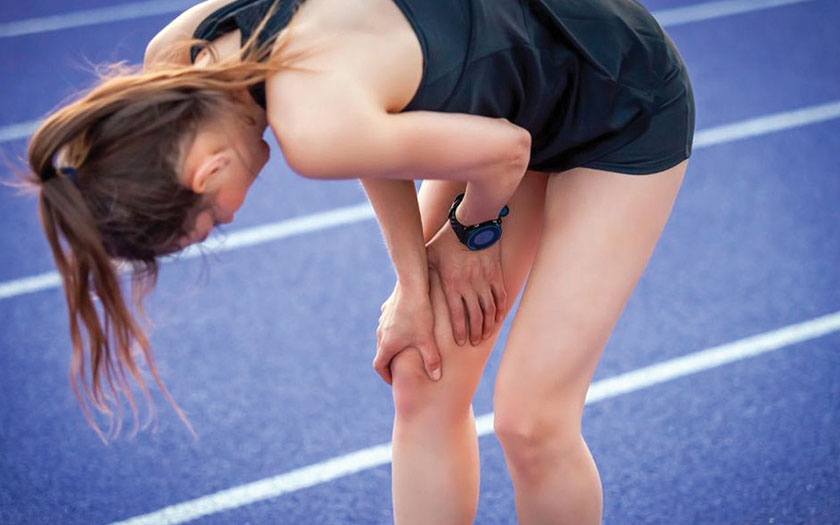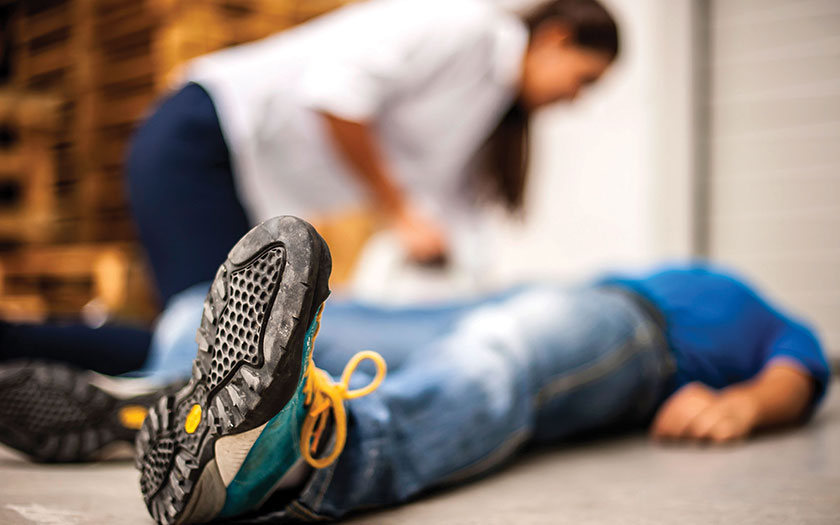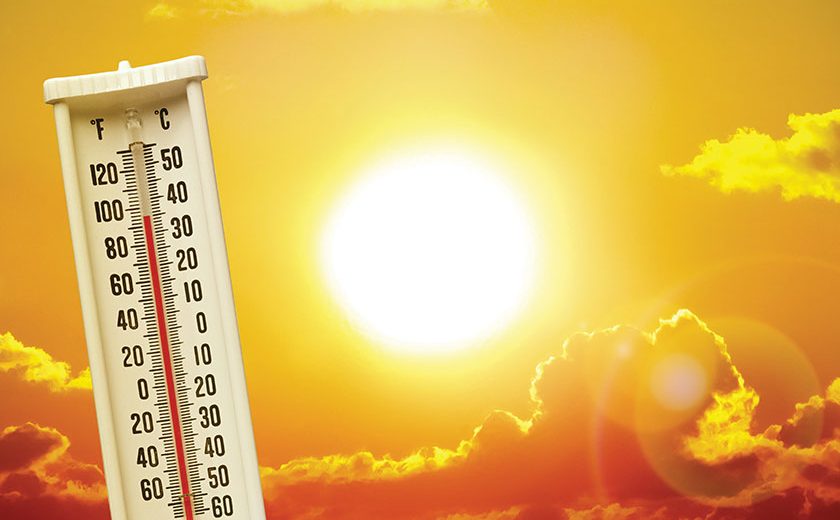When it comes to the effects of heat on our health, most of us think of foods that are too heaty, for example, or mild conditions such as heat rashes, an unwanted tan, etc.
On a more serious level, we may even think of dehydration, sunburns and things like that. Did you know however, heat is capable of causing severe illnesses to the human body, and that there are several heat-related conditions that even we Malaysians should be more wary about? In fact, the next time you have a severe cramp on a very hot day, be just a little more attentive to it, for it could likely turn out to be a heat cramp brought about by excessive heat and sweating. Read on…
Living in hot and humid Malaysia has made most of us heat-proof, or so we’d like to think. After all, we do all we can to ensure we have ways to go about our days comfortably in our air-conditioned homes, offices, cars, etc. But there will be times when we have to face the heat, so to speak, especially when duty or leisure takes us outdoors in the hot sun (or in a sauna room, for that matter!) In any case, it’s always good to know more about the many types of illnesses that can be brought about by too much heat.

Heat Stroke
Heat stroke is the most serious heat-related illness and it occurs when a person’s body is unable to control its temperature, hence allowing it to rise rapidly. In cases like these, the body’s sweating mechanism also fails, making it difficult for the person to cool down. When a person’s body temperature rises to 106°F or higher within 10 to 15 minutes, symptoms of heat stroke began to show, and they include confusion, temporary insanity, slurred speech, profuse sweating, seizure, body temperature that is too high to bear, and even loss of consciousness (coma). A heat stroke, if not treated in time, can be fatal.
If you suspect someone is suffering from a heat stroke, the first crucial step is to call for an ambulance. Then, move the individual to a cooler or shaded spot, and stay with them till the ambulance arrives. If the individual has more than one layer of clothing i.e a jacket over a t-shirt, remove the outer layer. Carry out steps to cool off the affected person by wiping him or her with a wet cloth – use ice water for this if possible. You can also try soaking the person’s clothing with cool water. If you are indoors and it’s stuffy, open up the windows and doors to let the air circulate.
Heat Exhaustion
This is the body’s response to an excessive loss of the water and salt, usually through excessive sweating. Individuals who spend hours at end outdoors under the sun or in heated working conditions are most prone to heat exhaustion. The elderly and those who have high blood pressure are also at risk.
Symptoms of heat exhaustion include headache; nausea; dizziness; weakness; irritability; insatiable thirst; decreased urine output; heavy sweating and an elevated body temperature.
The first thing to do when someone is experiencing heat exhaustion is to take them to a clinic or hospital. If an ambulance is being called, remove the person from the heated environment to a cooler place, offer them sips of cool water and stay with them until help arrives. Remove all unnecessary clothing, including extra clothing layers, scarves, shoes and socks.
Help the person cool off with cold compresses or if they can manage it, have them wash their head, face, and neck with cold water. Keep offering them sips of cool water till help arrives.

Heat Cramps
Who knew that some cramps could be linked to overheating of the body, but there you have it!
Heat cramps are most likely to happen when you sweat a lot during strenuous activity. This sweating depletes the body’s salt and moisture levels. Low salt levels in muscles cause painful cramps. Heat cramps may also be a symptom of heat exhaustion.
If excessive sweating is accompanied by muscle cramps, pain, or spasms in the abdomen, arms, or legs, it’s likely that a person is experiencing heat cramps.
Drinking a glass of water can be a good first step in addressing heat cramps. Also, try having a snack and a carbohydrate-electrolyte replacement liquid (e.g., sports drinks) every 15 to 20 minutes. Avoid salt tablets! If the affected person happens to have heart problems, or is on a low sodium diet, or if cramps do not subside within one hour, get medical help.
Heat Syncope
This is a fainting (syncope) episode or dizziness that usually occurs with prolonged standing or sudden rising from a sitting or lying position. Factors that may contribute to heat syncope include dehydration and lack of acclimatization from a cold to hot weather or environment. It may likely happen too, if you travel to a hot country and are overdressed for the new weather.
Symptoms of heat syncope include fainting (short duration); dizziness; and light-headedness during prolonged standing or suddenly rising from a sitting or lying position.
If you experience an episode of heat syncope, sit or lie down for a while in a cool place until you feel better. Have frequent sips of cool water, juice or sports drinks.
Rhabdomyolysis
Rhabdomyolysis is a heat-related medical condition. It is caused by heat stress due to prolonged physical exertion. Rhabdomyolysis is capable of causing a rapid breakdown, rupture, and death of muscle or muscles in the body. When muscle tissues die, electrolytes and large proteins are released into the bloodstream that this can result in irregular heart rhythms and seizures. In severe cases, it can also damage the kidneys.
Symptoms of rhabdomyolysis include muscle cramps/pain; abnormally dark colored urine; weakness; inability to exercise or partake in physical activities.
Persons who have symptoms of rhabdomyolysis should immediately stop any physical activities and increase their fluid intake, preferably with plain water. They should also seek immediate medical care and have their blood analyzed for rhabdomyolysis (i.e., blood sample check for creatine kinase).

Heat Rash
Heat rash is a skin irritation caused by excessive sweating during hot, humid weather. It’s hard to think of it as serious, but let’s put it this way – if conditions are bad enough to cause a rash, it may lead to more serious heat-related consequences.
Symptoms of heat rash include red clusters of pimples or small blisters which usually appear on the neck, upper chest, groin, under the breasts, and in elbow creases. If your working environment is the cause for your rash, it simply means that the environment is too hot for you to be working in and being there for long periods of time may spell danger to your health. To treat the rash, keep the affected area dry and comfortable.


